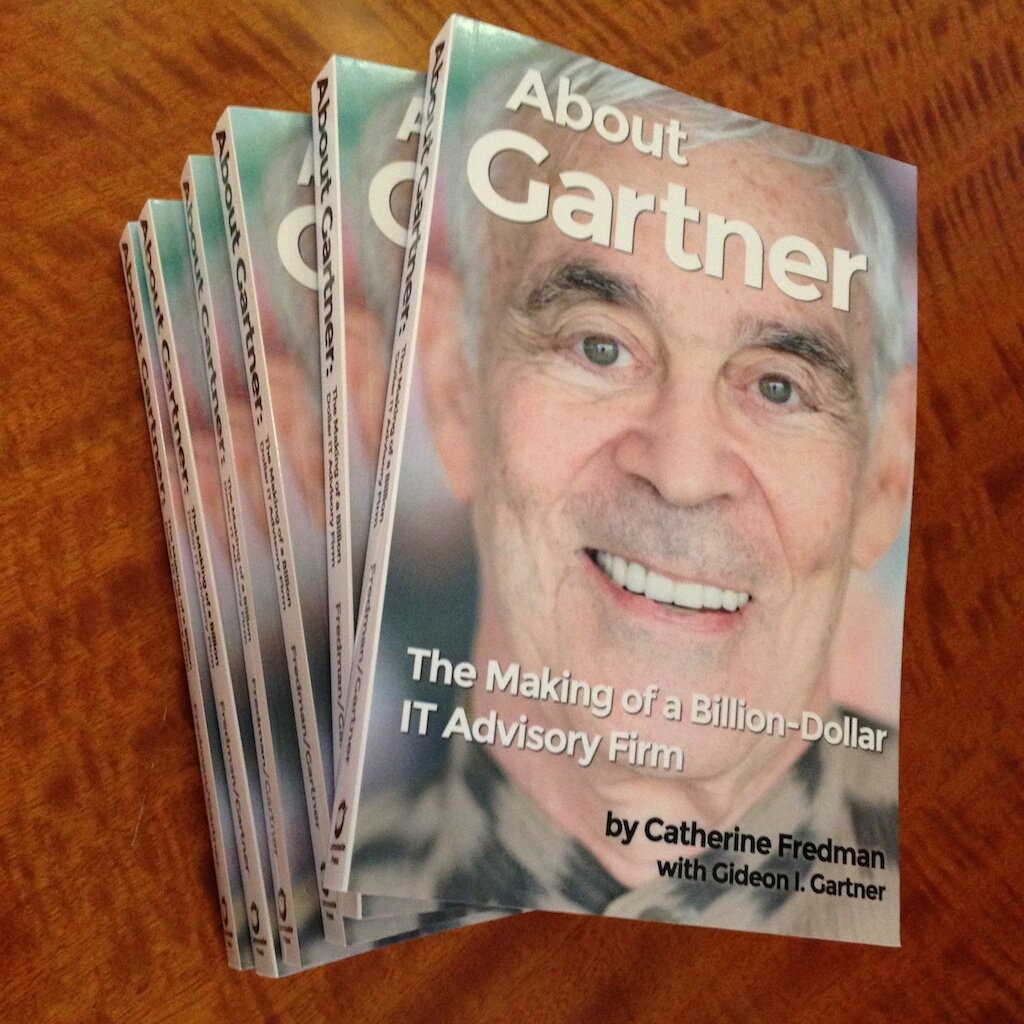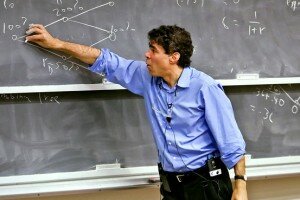
The frustration with program notes continues
In March of 2010 I wrote a post called Innovation Often Redesigns the Status Quo: Musicin which I wrote about my frustration with the “program notes” passed out at classical concerts and my appreciated but unused reformatting of these notes. Today I would like to share a letter I wrote, but never sent to Clive Gillinson, British Chief Honcho of Carnegie Hall, about a year ago further criticizing the god-awful program notes of Carnegie Hall.
Dear Clive,
Yesterday’s Ein Heldenleben was extremely well performed by the Cleveland Orchestra. [BTW, if you wish me to stop sending you these emails, just let me know, I'll understand].
I’d like to re-tackle my long-term observation that the Carnegie program notes do not do appropriate justice to what’s known as “the audience experience” (for those who read the notes at all). In my view, Carnegie’s program notes are no match to its reputation! But perhaps they ARE considered important to the music hall’s reputation, at least somewhat? If so, then I suggest that you go beyond the changes you made (based upon my suggestions, for which I’ve thanked you) so that you might think about changing them further. Yes, consider moving towards optimizing them!
The complaints are basic and I’ll be glad to re-discuss the issues in detail (I actually wrote you a long letter which was never sent after Janacek’s Glagonic Mass of last October 30). On that occasion the notes were required to help the audience understand the music’s complexities, but the writer dropped the ball, failing to simplify and explain the music’s complexities, choosing to ramble instead with little about the music itself. By the way, the frequency of dropping the ball this way should be considered unacceptable.
I believe that all music should tell a story for the relatively uninformed (most of us, I believe). As an example, Ein Hendenleben comes across much better when the story is told. Otherwise, the audience hears the music but cannot understand it sufficiently.
I assume there’s no way that Carnegie will adopt anything close to my former proposal, but even QUOTING Wikipedia would do a better job than Carnegie does(!) and if the Playbill space is insufficient for the Wiki’s volume, then a 2-sided 1-page handout would do the trick.
Carnegie need not copy Wikipedia, especially given space limitations but how about at least summarizing the story? Allow me to show you a sample, which I adapted from Wikipedia’s version, 16 lines compared with 41 in the Carnegie Brochure, so your length should certainly allow additional discussion:
These program notes below are part of the letter I wrote (but never sent) to Clive Gillinson. You can read my letter to Clive here.

Tonight’s tone-poem, Ein Heldenleben (A Hero’s Life), is divided into six parts. Here are the stories behind each part, including hints on how the transitions are identified (and I know that cellos are really spelled celli)!
The Hero:
He’s first heard from via French Horns and cellos, followed by a lyrical theme performed by strings and winds; another heroic passage soon occurs (more horns, trumpets…) as the hero rides off to his adventures…
His Adversaries:
After a 1-2 second musical pause, the hero’s enemies are heard: listen to the musical squeaks and snarls from the woodwinds; then the bass tubas play a recurring four-note phrase in the low register which symbolizes the hatred Stauss had for the music critic Eduard Hanslick. who had found fault with Straus’ earlier works!…
His Companion:
This section is a long and contrasting 12 minute stretch, mostly featuring the concertmaster’s solo ‘violin fiddling’, meant to describe our hero’s wife! Romance and Bliss is now evident, and the section finishes with offstage trumpets suggesting that war is about to begin!…
The battlefield:
Advancing troops are heard from the orchestra’s huge percussion section and solo trumpet, with occasional (and sweet) violins representing his beloved. Percussion is pervasive throughout, depicting the vivid battle, until finally the Hero’s theme prevails again via beautiful compositional tapestry (with victory depicted by the Hero theme, just as it did at the piece’s beginning). A new cantabile theme makes its appearance in the trumpet, and its extended elaboration prefaces the next section…
Finally,Peace…:
The Hero’s victory is celebrated! Strauss borrowed themes from his own previous works (including Don Juan, Till Eulenspiegel, Also Sprach Zarathustra, and even others of Strauss’ prior and formidable output). Peaceful and soaring melodies lead into the final section…
And Retirement!…:
Another new theme introduces the Hero envisioning new adventures and searching for peace. The re-appearance of Hanslick’s ‘critic’ theme in the tubas (see section 2 above) reminds the Hero of past battles, until finally he’s again comforted by his companion while the orchestra’s brass intones the Hero’s death!
Read My Version Here






7 Comments